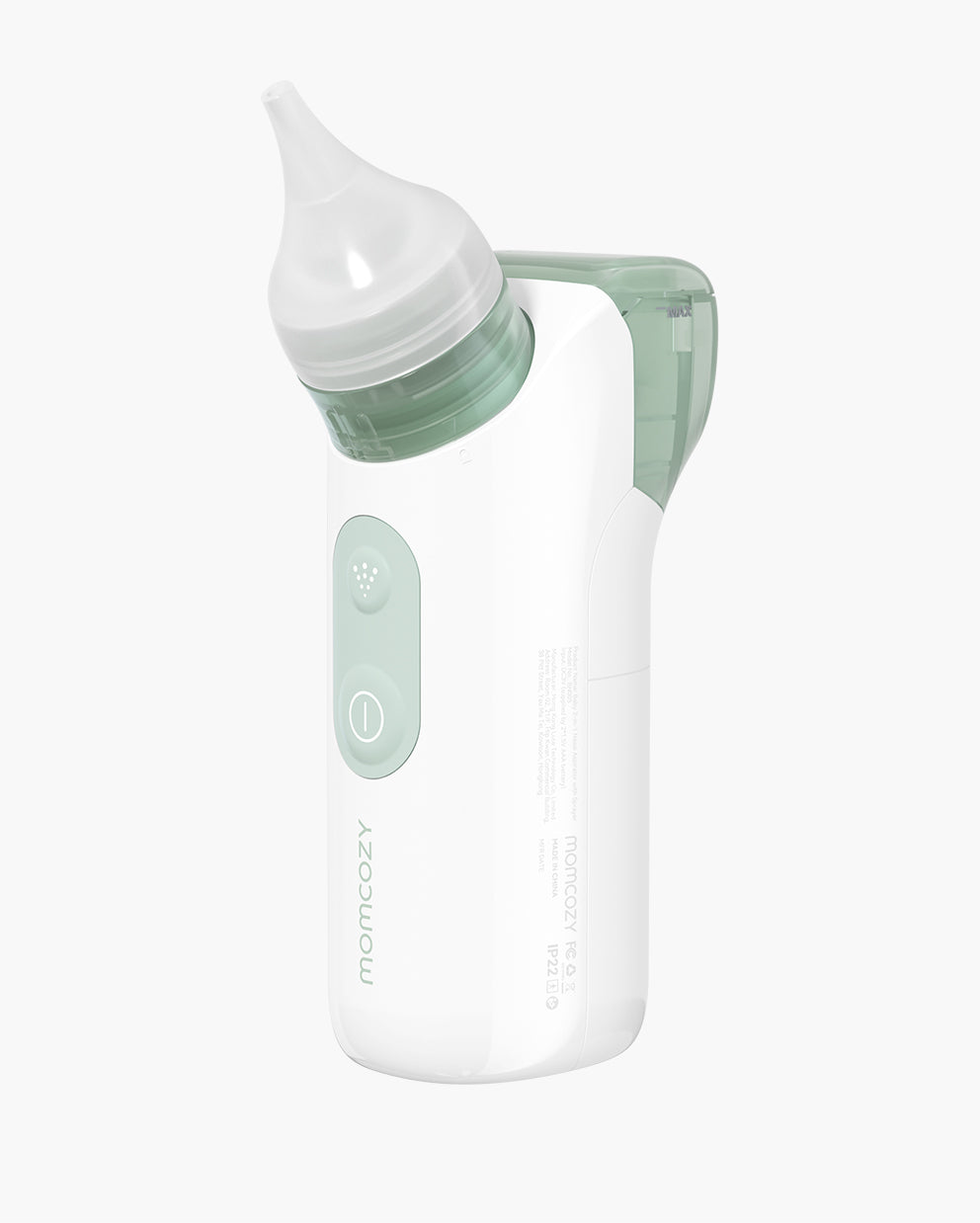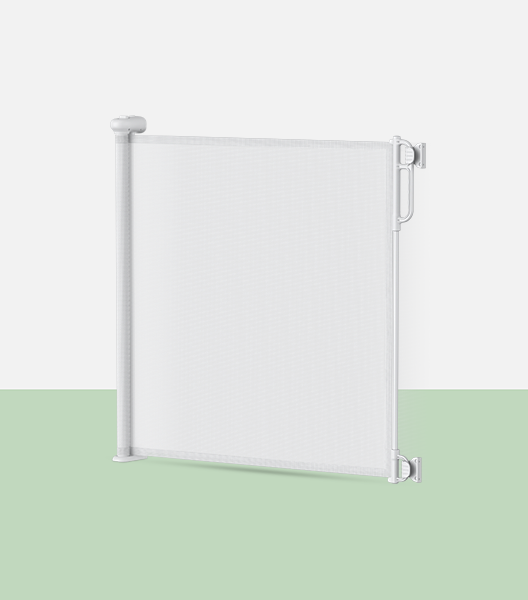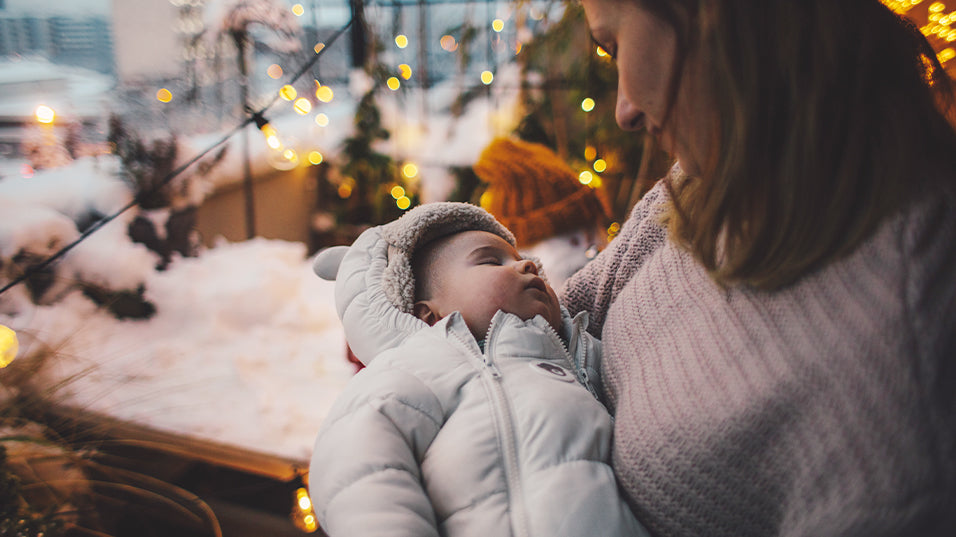Winter is the most challenging season for parents, and it can be even more difficult if you have a newborn baby in the house. Keeping your little one warm at night is important for their health, but it's also very important that they don't overheat. If you're wondering how to dress your newborn for sleep during the winter months, or if you're a new parent who needs some tips on keeping babies comfortable in cold weather, we are here to help.

Warmth And Comfort Are Essential
Newborns are more susceptible to cold than adults. They have a harder time regulating their body temperature and are more likely to get sick from being exposed to the elements. Even if you keep your home at a constant temperature, there is still a chance that your newborn will become chilled while sleeping in the winter months.
Finding The Correct Temperature Is Key
Layering your baby's clothes is crucial, especially in winter. Layering helps keep the baby warm, comfortable and dry. It also protects against cold air getting into the crib or bassinet. For example, adding an extra layer of clothing can help keep your little one warm while they sleep. If a blanket or comforter gets too hot during bedtime, try removing it and layering on another top instead. This will prevent overheating while still keeping them cozy enough to sleep soundly through the night. A general rule of thumb for keeping babies warm enough during sleep time is that if their chest feels warm but their forehead feels cool (like when they are outside playing), then they are probably fine without extra layers on top or underneath their clothes. Here are some helpful considerations when it comes to finding the correct temperature for your newborn:
- On top of their body: If it’s cold, try putting a small cotton smock or turtleneck shirt over their diaper and clothes. You can also use an undershirt if you want to save the cute onesies for when they're awake.
- Around their neck: You don’t want them to get too hot while they're sleeping, so make sure to leave enough room up top for airflow. This could be accomplished by leaving the bottom button undone on a cardigan. Be sure that you are not binding them tightly as this can be uncomfortable for your baby.
-
On their feet: Dress them in socks or booties made out of wool or another thick fabric. This will help insulate against heat loss. Again, make sure everything fits loosely. You don't want anything constricting blood flow in any way as this could be dangerous. A good rule of thumb is always making sure that every layer has room for another one under it before putting anything else on top of it.

Opt For Functionality
As cute as it is for babies to be bundled up in a sweater and hat, this can actually cause problems for their health. Babies' bodies are not yet mature enough to regulate their own body temperature and they're much more susceptible to cold than adults are, especially in the first few months of life. Even if you live somewhere that doesn't get too cold during winter, babies still need extra layers because they won't be able to shiver themselves warm if they start getting cold, which is why their bodies tend to run so hot.
Swaddling
Swaddling is a great way to keep your baby warm and help them sleep longer and better. If you're worried about keeping your newborn warm, don't be. Swaddling can help tremendously with this. Swaddling is actually an ancient practice that helps babies sleep longer and soundly by mimicking how they felt in the womb, where they were wrapped snugly in amniotic fluid and their own body heat. Babies who have medical issues like cerebral palsy or congenital heart defects may also benefit from swaddling as it helps them feel secure, which reduces stress levels while increasing comfort. It's important to choose a good-quality blanket for swaddling: look for one that's lightweight yet large enough to cover both arms, but not the face.
To help ensure their swaddling is of the highest comfort level, be sure to use super soft diapers that will not irritate their skin. Some of the best baby overnight diapers can be found from BabyCozy. These diapers are high-quality, which means your newborn will feel cozy and comfortable throughout the night.

Overheating Concerns
When it comes to dressing your newborn, a lot of new parents worry about overheating their babies. It's true that some infants can overheat quickly in warm environments. While there are no hard and fast rules for how often you should check on your baby during nap time (and what type of clothing you should use), it's important to keep in mind that overheating is a real concern for newborns, who may not be able to regulate their own body temperature and aren't yet able to communicate if something is wrong.
Even so, keeping warm is key. The first several months of their lives are spent in the womb, which is kept at a constant temperature. After birth, a newborn’s body needs to adjust to the fluctuating temperatures outside in order for them to be able to regulate their own temperature manually. This can be difficult for infants as they are still adapting to their new environment. Although it is normal for parents to worry about their baby being chilly in the winter, the possibility of overheating is a serious concern. Overheating presents a variety of potential dangers, such as an increased risk of SIDS, heatstroke, and even brain damage in severe cases. Checking on your baby regularly throughout the night and maintaining a constant temperature in the room they sleep in is a helpful way to reduce this potential risk.
Ultimately, the best way to dress your newborn for sleep in the winter comes down to comfort, functionality, and warmth. Your baby will sleep peacefully with enough layering, comfortable diapers, and a nice swaddle.








Leave a comment
This site is protected by hCaptcha and the hCaptcha Privacy Policy and Terms of Service apply.